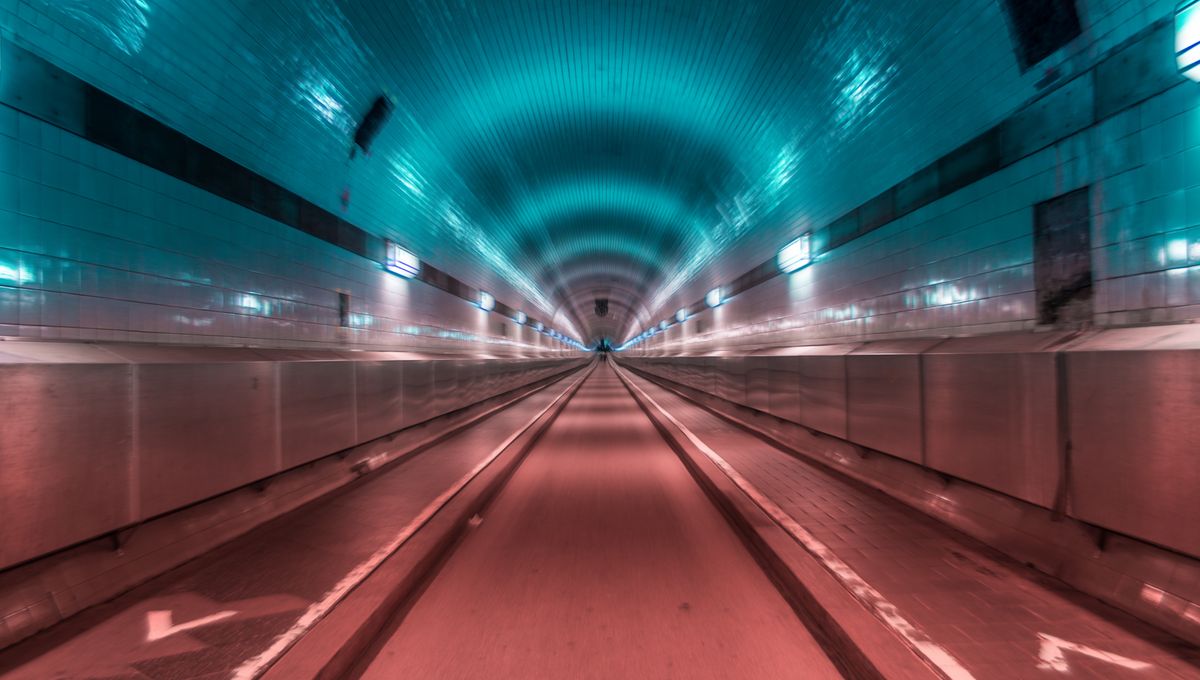
Thousands of people take the Tube from the north side of London to the south, or pop across the English Channel via the Channel Tunnel every day, but they’re only able to do so thanks to one pretty important feature – underwater tunnels. But how is such an impressive feat of engineering built?
The tunneling shield
Underwater tunnels had people stumped until French-British engineer Marc Isambard Brunel took inspiration from nature back in 1818. After watching how a shipworm’s shell plates allowed it to bore through wood, Brunel took that principle and scaled it up into the tunneling shield.
In this case, it was a giant, rectangular cast iron casing with shutter openings on its wall, which were opened one at a time so that miners could dig away the soft earth outside. The shield was then pushed forward using screw jacks and the process repeated, with the protective “shell” of the tunnel built out of bricks in the freshly carved area behind.
This led to the first-ever underwater tunnel being built under the River Thames in London, completed in 1842. Later tunnels under the Thames improved upon this method by pressurizing the air in front of the shield to try and stop flooding during construction.
Tunneling shields are still used today, but are instead cylindrical and tend to be made out of steel, which is also used to make the tunnel’s support rings. Modern variations also make use of hydraulic jacks to push the shield forward, but when it’s not moving the area in front of the shield can be accessed via a door. To protect those who go out to work there, shields also feature a protective hood.
Tunnel boring machines
Of course, digging through soft earth is one thing – boring through underwater rock is another thing entirely. That’s where modern technology has changed the game, in the form of tunnel boring machines (TBMs), which were used in the construction of the Channel Tunnel.
TMBs have a function similar to the tunneling shield, but in this case, a mechanical spinning cutting head, rather than human force, is used to dig through the rock in front. It does this by exerting stress on the rock, which causes it to fracture. And rather than people having to lug the debris out of the way, the fractured rock is taken back on a conveyor belt.
A total of 11 TMBs were used to dig out the three 56.3-kilometer (35-mile) long tunnels (yep, there’s more than one), which in their underwater stretches, are found 45 meters (148 feet) below the sea bed.
Immersed tube tunnels
With the previous methods, the tunnel walls are constructed as digging goes, but that’s not the only way to do it. There’s also immersed tube tunneling, a technique developed by American engineer W.J. Wilgus.
This method involves making the tunnel elsewhere first, creating multiple prefabricated segments, whilst a trench is dredged from the river or seabed where the tunnel is destined to be. The segments are then floated to the area, and sunk into place, after which the water is emptied from them, and excavated material is placed over the tunnel to bury it and restore the bed.
Source Link: How Are Underwater Tunnels Built?